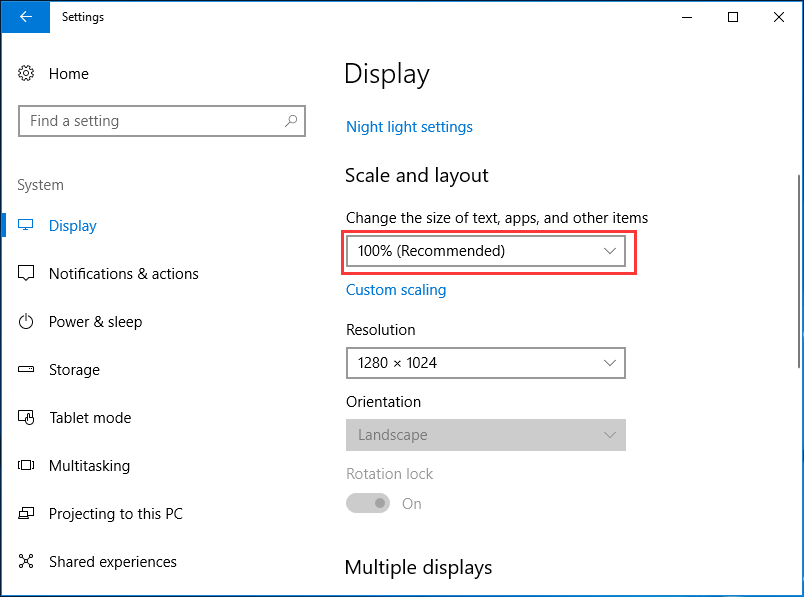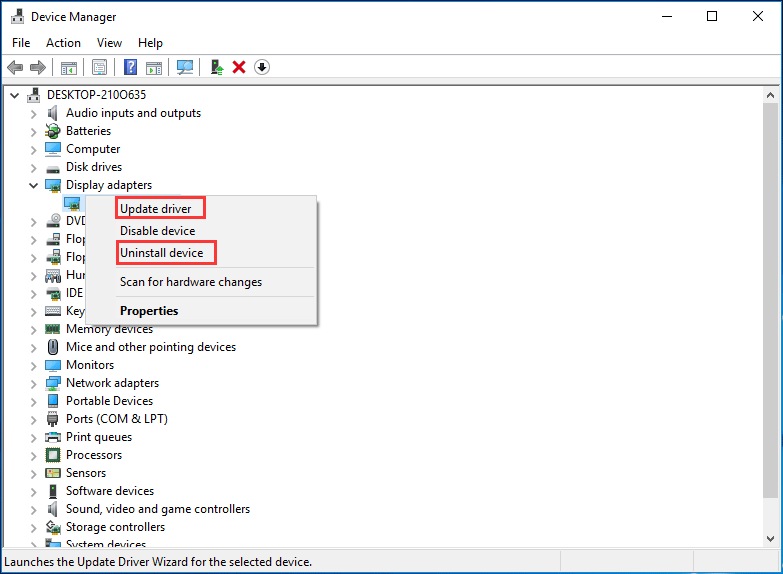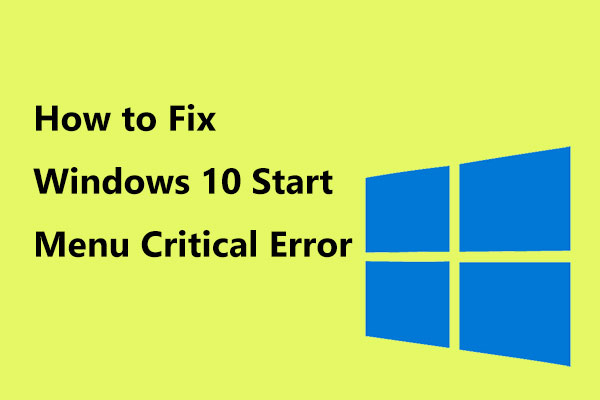Have you encountered a full screen issue on your monitor, for example, monitor not displaying full screen Windows 10? What’re the reasons? How to full screen? This post is the place you should go to since MiniTool will walk you through some methods to help you solve the issue of Windows 10 not using full screen.
Windows 10 Not Full Screen
Many of you have reported that your monitors couldn’t display full screen when they play games. To be specific, a thin black bar appears on the side of the displayer, stopping it from going full screen. This issue always happens after upgrading to Windows 10.
On the previous operating system, you can play games very well. But the full screen issue occurs after installing an update. Why is monitor not displaying full screen in Windows 10? This is caused mainly by the video adapter driver or the display settings
So, how to full screen in the event of Windows 10 not using full screen will be a question. Now, let’s go to see some useful solutions.
How to Fix Monitor Not Displaying Full Screen Windows 10
Method 1: Check the Game Full Screen Settings
To fix the issue, you can try to check the full screen settings of your games, which is the easiest method. In most games, there is a full screen mode. Just check whether it is enabled. If not, turn this mode full. If this solution isn’t working for you, go to the next one.
Method 2: Check the Display Settings
When the monitor shows black bars on the monitor’s side without displaying full screen in Windows 10, the chief culprit is the display settings of your computer. Sometimes, the settings could change after a Windows update, leading to the issue of Windows 10 not full screen.
Now, follow the steps below to check your PC’s display settings:
Step 1: On the Windows Desktop, right-click the blank space and choose Display settings. Alternatively, you can click Start > Settings > System to enter the Display interface.
Step 2: Under the Scale and layout section, ensure the scaling of Change the size of text, apps, and other items is set to 100%.

Step 3: Make sure the resolution is set to the recommended one.
Method 3: Update or Reinstall Your Display Adapter Driver
After upgrading your Windows operating system, your graphic card driver or displayer adapter driver may turn outdated or may be not compatible with the new OS. As a result, the issue of monitor not displaying full screen Windows 10 happens to your computer.
To troubleshoot this issue, you can choose to update the old driver or reinstall it. Follow the guide:
Step 1: Right-click on the Start button and click Device Manager in Windows 10.
Step 2: Expand Display adapters, right-click on the driver:
- To update it, choose Update driver and then let Windows search your computer and the Internet for the latest driver software for your device.
- To remove it, choose Uninstall And restart your PC and the drive will be installed automatically.

Final Words
Now, three methods to fix the issue of monitor not displaying full screen Windows 10 are introduced here. Is Windows 10 not using full screen? Try these ways one by one. Hope you can troubleshoot your PC problem with ease.


User Comments :